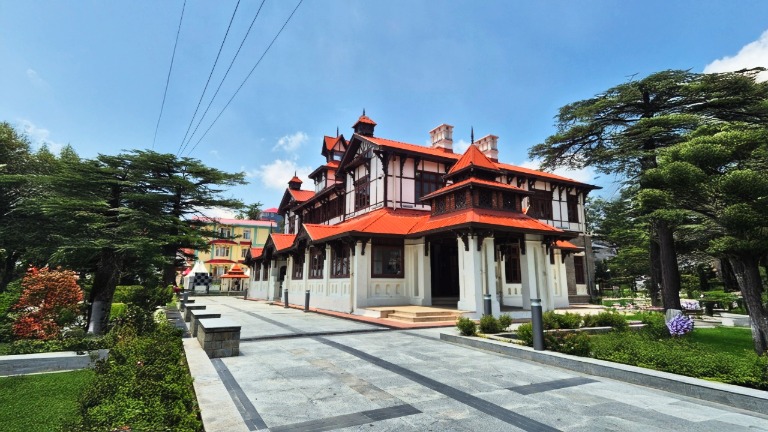The Bantony Castle is one of the historic and monumental buildings of Shimla town and has a very rich history. It was built over 140 years ago. Bantony Estate comprises two grand private heritage buildings, namely Bantony Castle and Bantony Cottage.
Origins and Early History of Bantony Estate
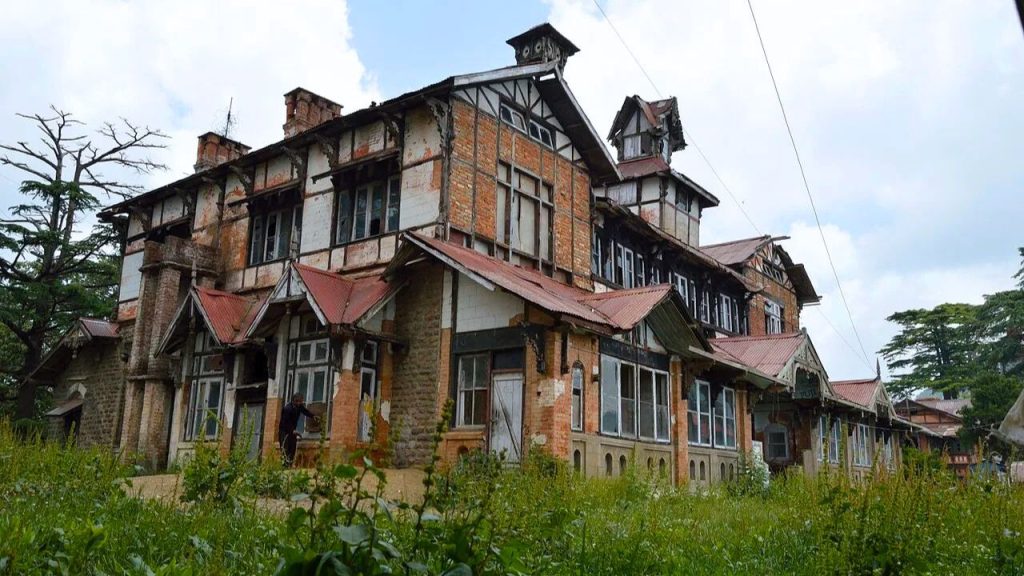
The present Grand Hotel was the site of Governor-General Lord Bentinck’s residence in Shimla and this hill was given the name of ‘Bantony’ after him. The house that is now called ‘Bantony’ was the residence of the former rulers of Sirmour and was built in the late 19th century.
Before the castle was built, the estate had only a cottage that belonged to Captain A. Gordan. Later on in 1880, the castle was built up and became the summer residence of Maharaja Sirmour.
Architecture and Design of Bantony Castle
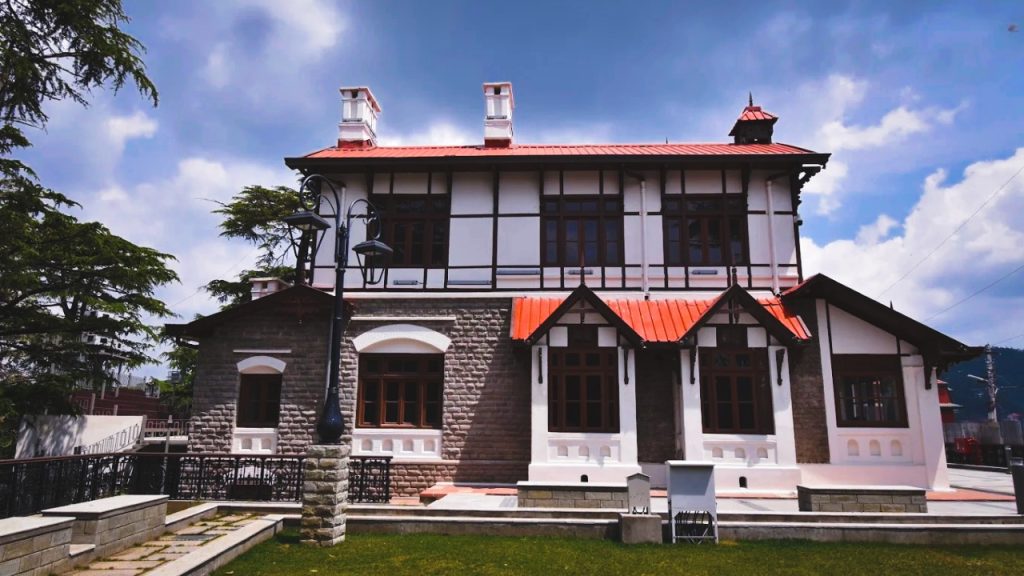
The building is said to have been designed by T.E.G. Coapet. Architecturally, this and its neighbouring annexe are an interesting mix of both Alpine architecture, as is apparent in the foliations and brackets as well as other elements of design, including indigenous ones that include the pagoda-like structure over the porch.
Role During the First World War and Later Use
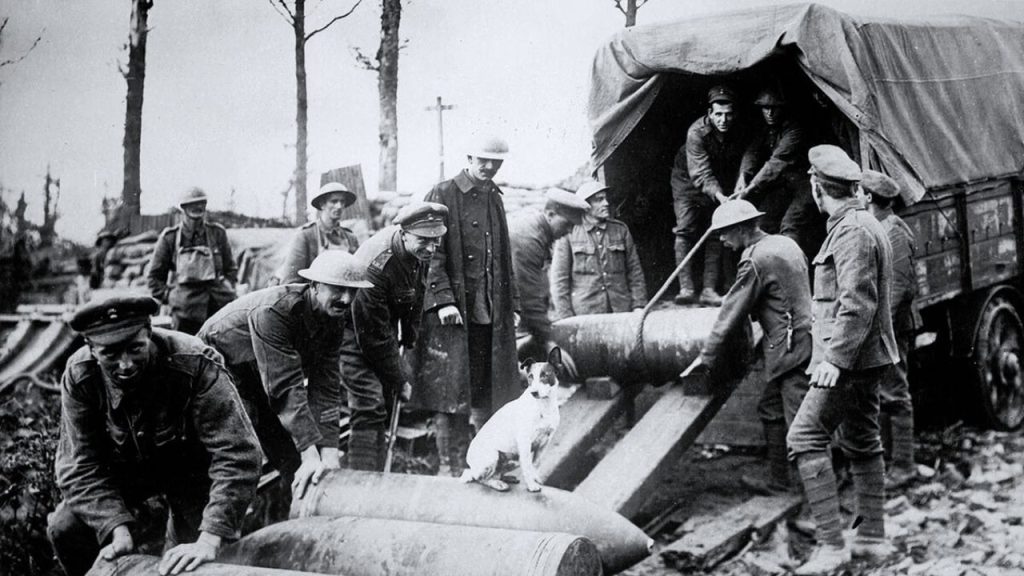
During the First World War (1914–18) it was handed over by Maharaja Sirmour to the Government of India for housing additional temporary offices for the army. The property was later sold to a local landlord.
Post-Independence Transformation and Ownership
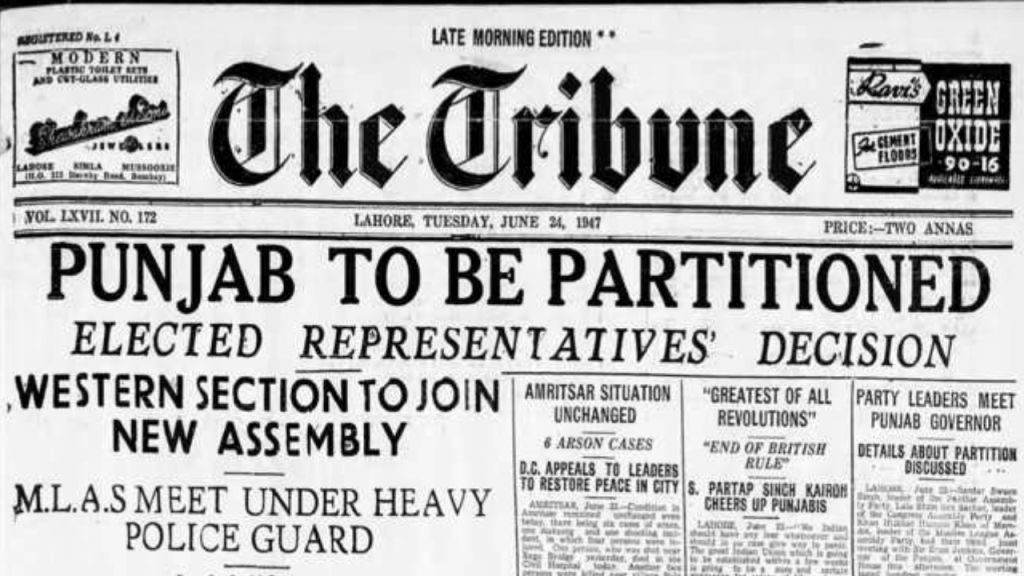
After independence, the Lahore-based newspaper “The Tribune” office was shifted here from Lahore. Thereafter, it remained the office of the Director-General of Police.
In 2017, the Himachal Government acquired the Bantony Castle Estate from the owner and restored the heritage building to establish a Heritage Museum and Gram Shilp to promote the traditional art and craft of the state.
Craftsmanship and Detailing in Design
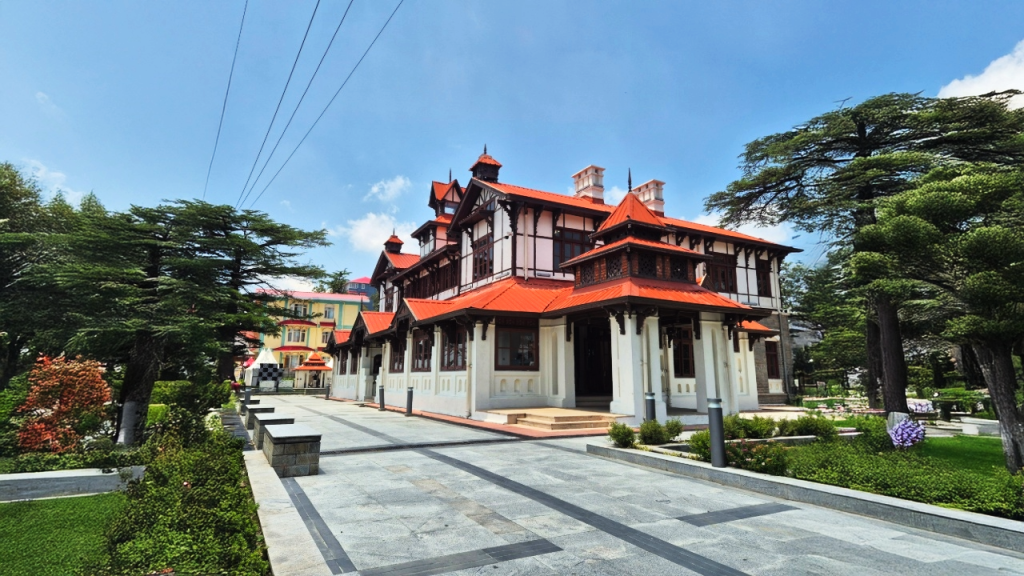
The front compound of the castle was beautifully blustered with an exquisite cast-iron railing which had a series of the Royal Sirmour state insignia incused in every span of six feet.
The entire crest’s cast-iron work came from the local Nahan (Sirmour State) foundry. Nahan, the capital of Sirmour, had one of the finest foundries of the time and the cast-iron railings depicted Sirmour’s coat of arms.


